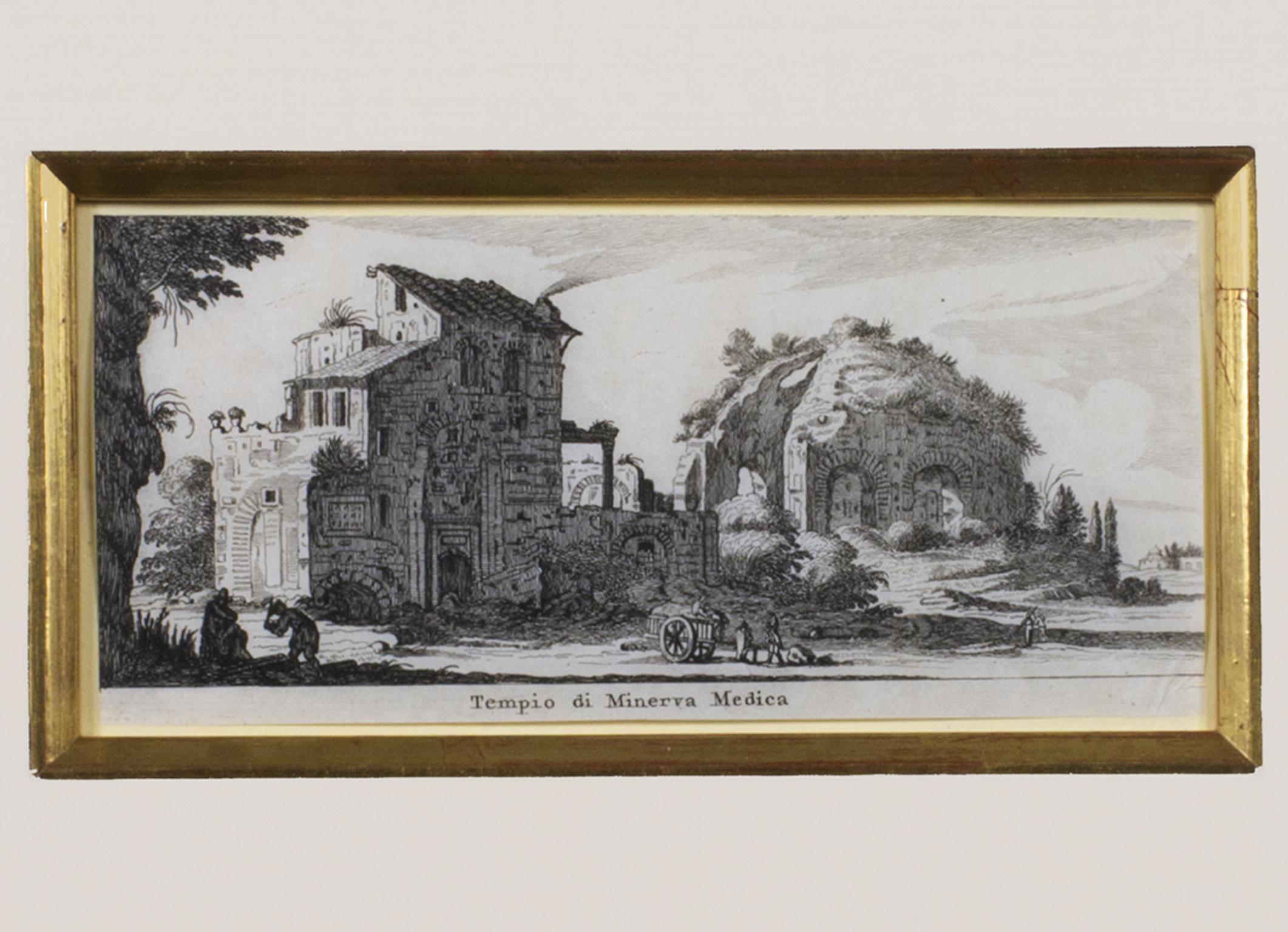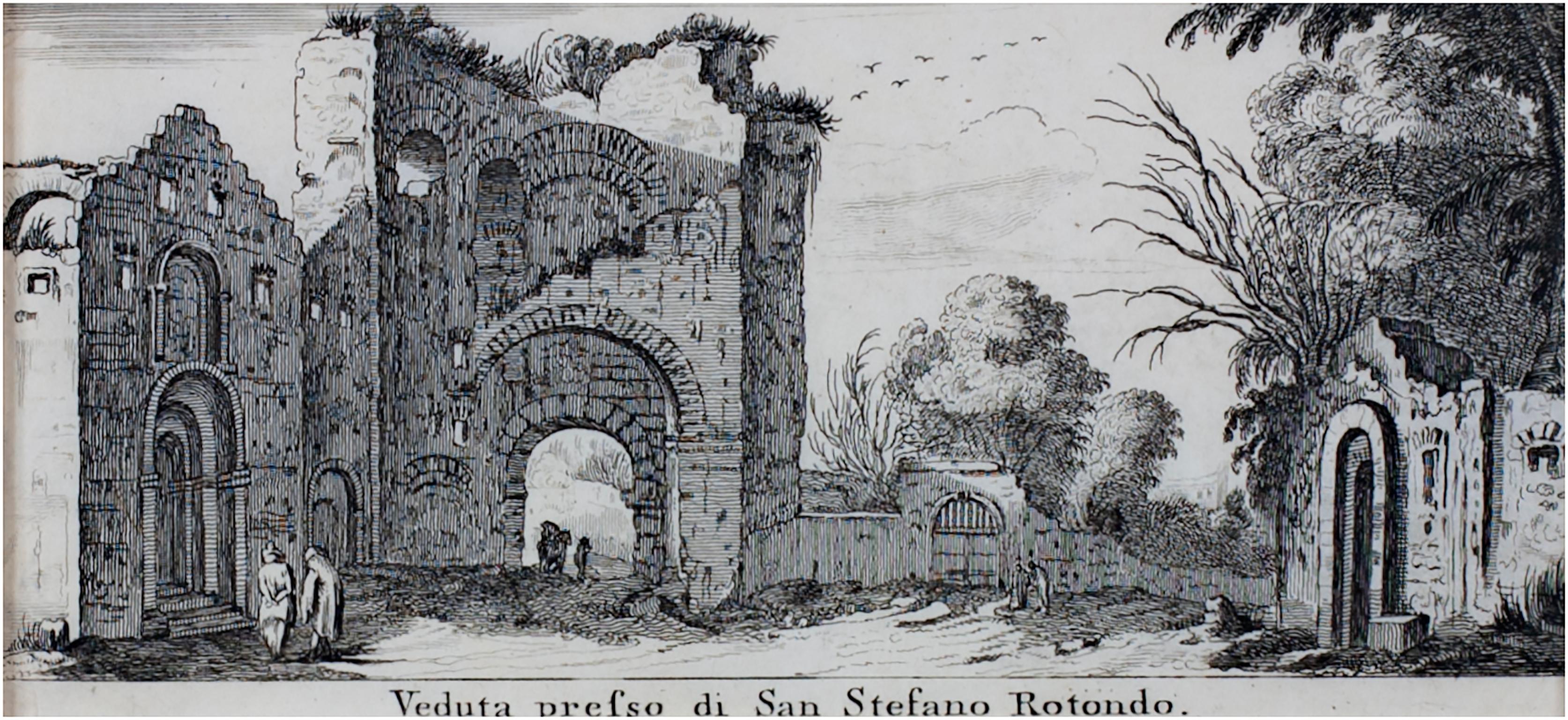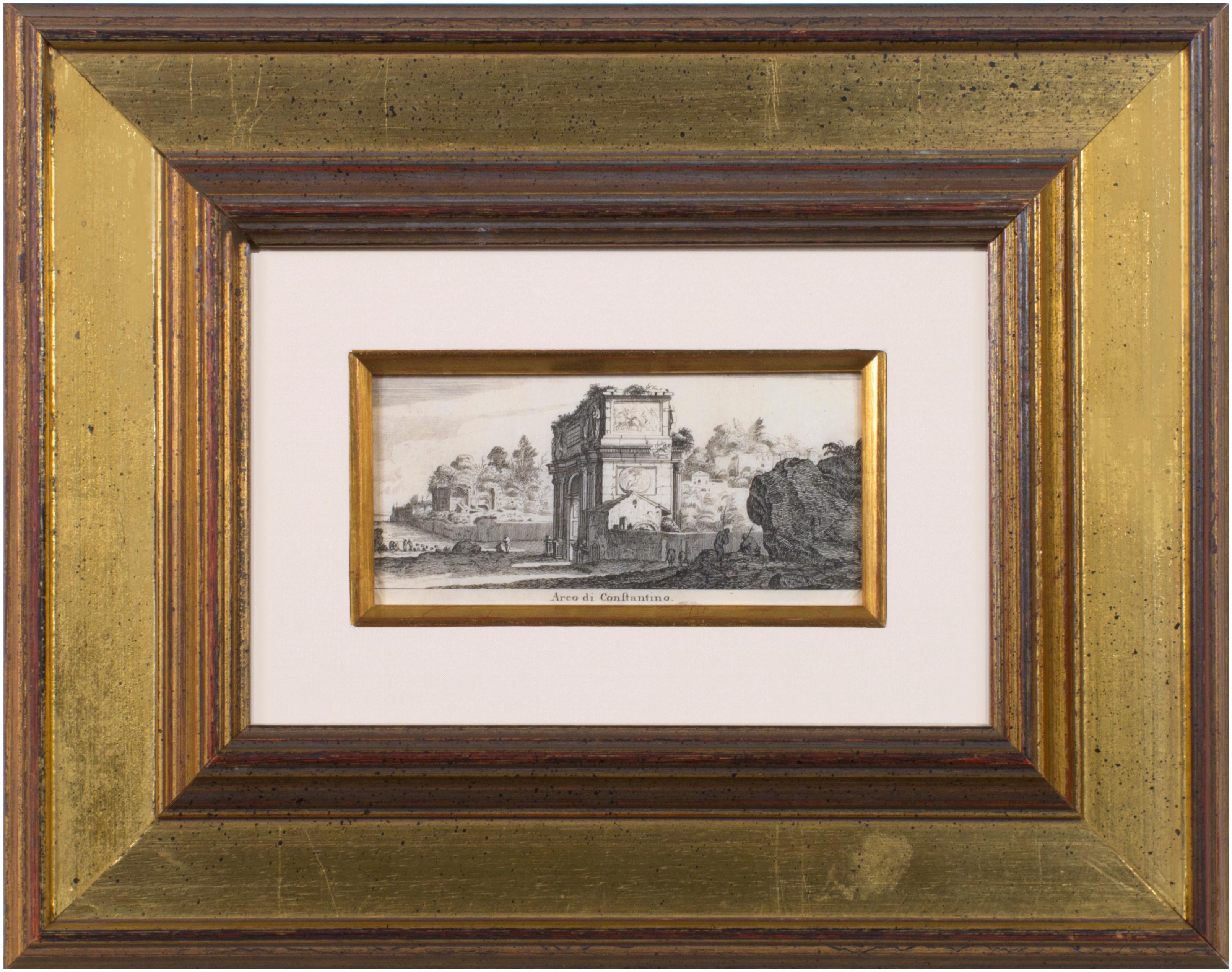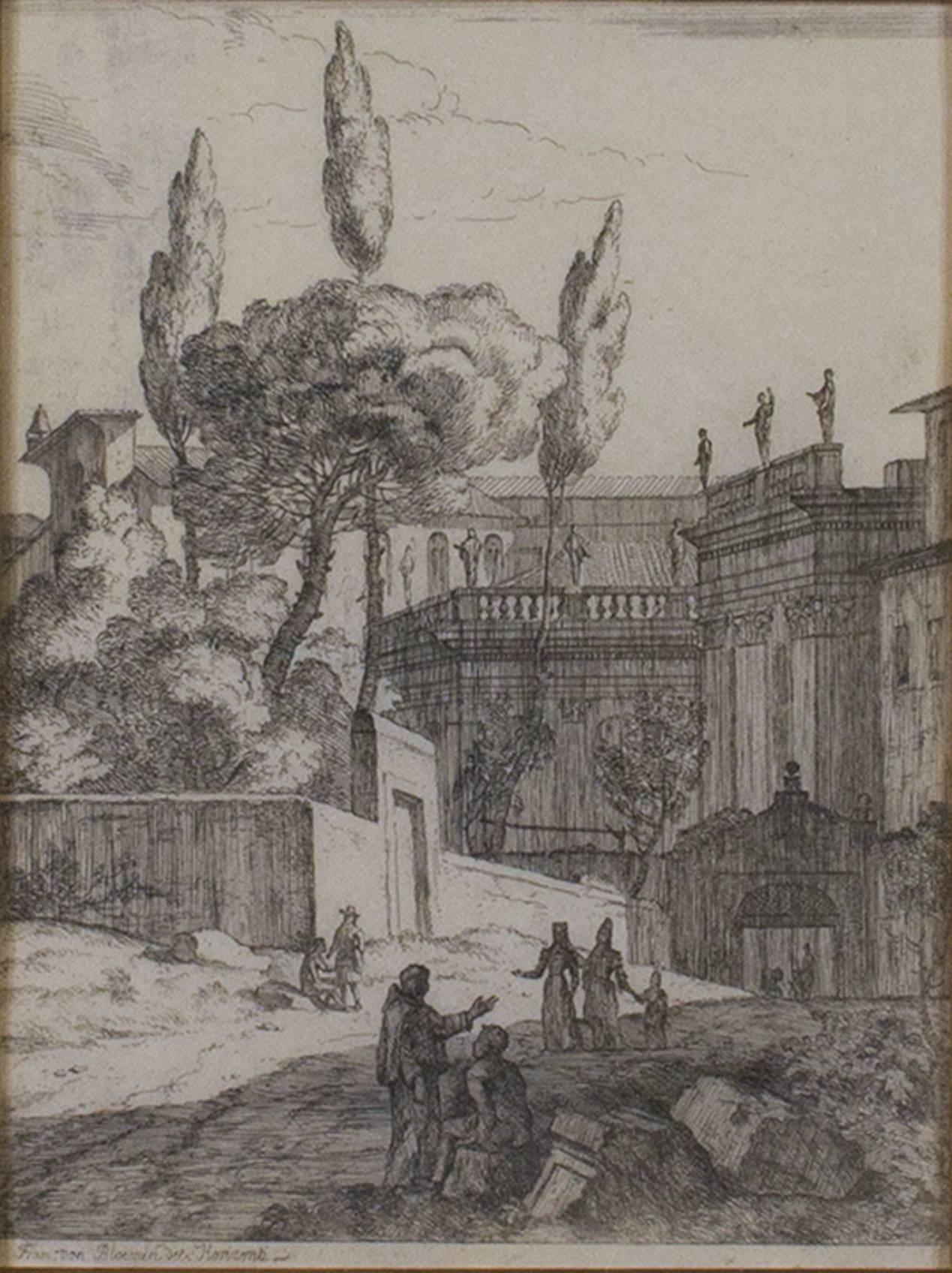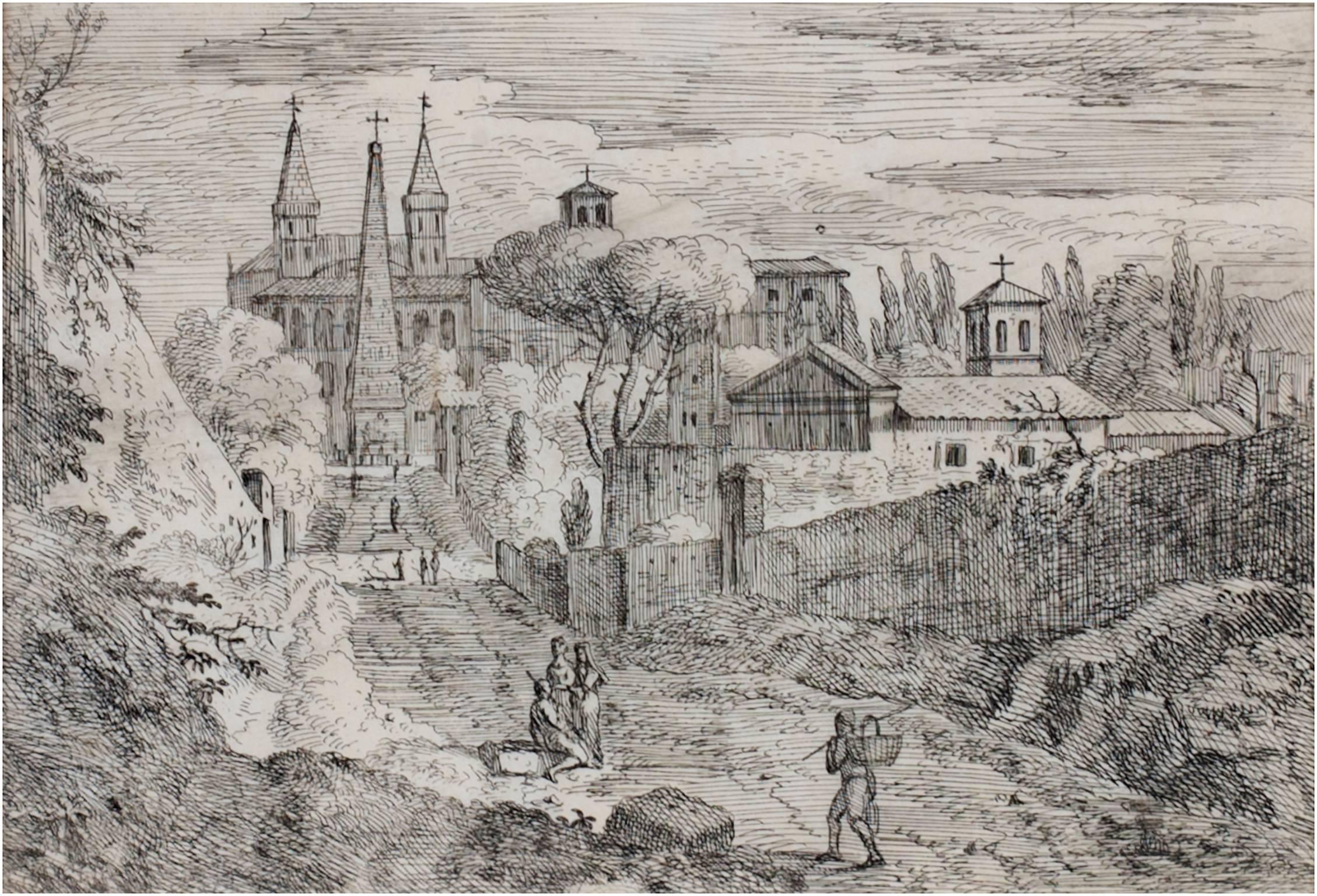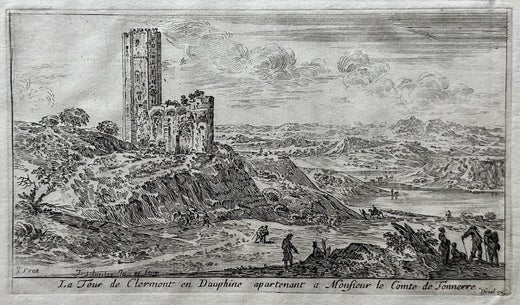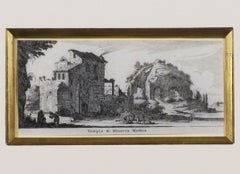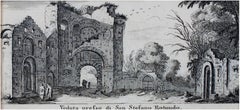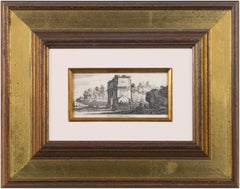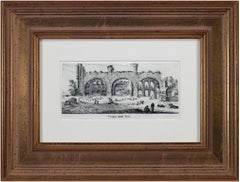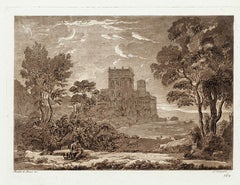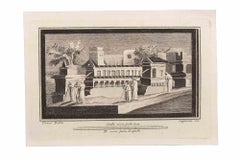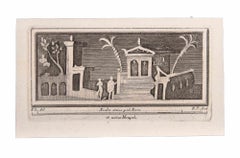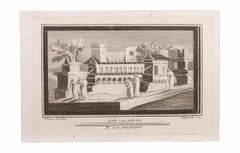Israel Silvestre17th century engraving black and white landscape ancient building scenec. 1650
c. 1650
About the Item
- Creator:Israel Silvestre (1621 - 1691, French)
- Creation Year:c. 1650
- Dimensions:Height: 11.625 in (29.53 cm)Width: 15 in (38.1 cm)
- Medium:
- Movement & Style:
- Period:1650-1659
- Condition:
- Gallery Location:Milwaukee, WI
- Reference Number:Seller: 10657g1stDibs: LU60534135312
Israel Silvestre
French Baroque Era Engraver, Israël Silvestre, called the Younger to distinguish him from his father, was a prolific French draftsman, etcher and print dealer. He specialized in topographical views and perspectives of famous buildings. Orphaned at an early age, he was taken in by his uncle in Paris, Israël Henriet, an etcher and printseller and a friend of Jacques Callot. Between 1630 and 1650 Silvestre traveled widely in France and Italy and later worked up his sketches as etchings, which were sold single and in series. His work, especially of Venetian subjects published in the 1660s, influenced eighteenth-century painters such as Luca Carlevarijs and Canaletto, who adapted his compositions. In 1661, he inherited the stock of plates of his uncle, the printseller Israël Henriet, among which was a large part of the works of Jacques Callot and many of those of Stefano della Bella. In 1662, he was appointed dessinateur et graveur du Roi and in 1673, he was appointed drawing-master to Louis, Grand Dauphin. From 1668 he was granted workshop space in the galleries of the Louvre, where the practice of housing eminent artists and craftsmen was a tradition that originated under Henry IV. Silvestre's atelier was large, he had at least two pupils who had careers as engravers, François Noblesse and Meunier. In 1670, Charles Le Brun recommended him for membership in the Académie Royale de Peinture et de Sculpture. In 1675 his son, the artist Louis de Silvestre was born at Sceaux. He passed away on October 11, 1691, in Paris, France.
- ShippingRetrieving quote...Shipping from: Milwaukee, WI
- Return Policy
More From This Seller
View All1650s Baroque Landscape Prints
Engraving
1650s Baroque Landscape Prints
Engraving
Mid-17th Century Baroque Landscape Prints
Engraving
1650s Old Masters Landscape Prints
Paper, Ink, Engraving
18th Century Old Masters Landscape Prints
Etching
18th Century Old Masters Landscape Prints
Etching
You May Also Like
1810s Old Masters Figurative Prints
Etching, Aquatint
Late 18th Century Old Masters Figurative Prints
Etching
18th Century Old Masters Figurative Prints
Etching
Late 18th Century Old Masters Figurative Prints
Etching
18th Century French School Landscape Prints
Engraving
1810s Old Masters Figurative Prints
Etching, Aquatint
